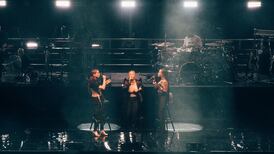In 1721 Bach dedicated a set of six remarkable concertos to Margrave Christian Ludwig of Brandenburg. On Sunday November 14th, the Irish Baroque Orchestra (IBO) celebrates that 300th anniversary and its own 25th anniversary as part of the National Concert Hall's 40th anniversary season.
PETER WHELAN
Harpsichord and IBO artistic director
Concerto No 1, for two corni da caccia (hunting horns), three oboes, bassoon, violino piccolo (small violin), strings and continuo
I could get passionate about any of the Brandenburgs. But today my brain is wrapped around No 1. It was the first tape I remember listening to. I'm pretty sure we bought it in Arnotts when I was a kid. Something about the chaos of the music just stuck in my head. When I was 13 or thereabouts, we got the Musica Antiqua Köln version. That was mindblowing, very punky, strong colours, everything feeling very close. It was very appealing for a teenager. It was all beats and pace. That's what got me into it.
It’s like you are suddenly, from the very beginning, in a room with a whole load of strangers who are very comfortable with each other, talking full tilt using slang, and it’s up to you to try and interpret what’s going on. You’re thrown in the deep end – the first bars are so chaotic, the horns in a different tempo, different metre. A whole load of instruments – it’s very hard to tell who’s doing what for the longest time. There’s soloists jumping in and out. So many things, like the little piccolo violin, which has two bars on its own in the first movement, and that’s it. Is that an important soloist or not? Or just a little flash in the dark of a comment? Then it comes into its own later on.
I still find it engaging. My brain hasn’t sorted it out yet. It’s like a weird kaleidoscope of everything that can possibly be.
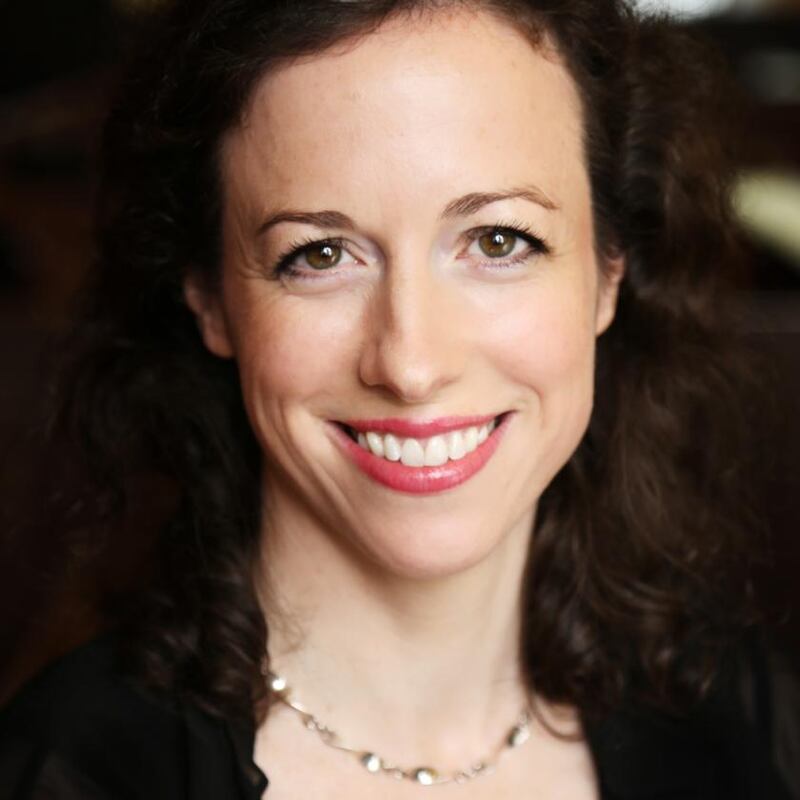
CLAIRE DUFF
Violin and IBO leader
Concerto No 3 for three violins, three violas, three cellos and continuo
It's a difficult choice. I was tempted to choose No 4, because it's so much fun playing the solo violin part. You're allowed to go a bit crazy. It's so flamboyant, so adventurous in an improvisatory style. I really, really love playing No 5, particularly the contrasting slow movement, with trio sonata scoring, very intimate. And the cadenza of the last movement, for harpsichord. Incredibly exciting.
But I’ve chosen No 3. That would have been the first Brandenburg I ever heard performed live. I might have been around 10. I used to do chamber music courses in Aravon summer school. They did this lovely thing of the teachers, at the end of the day, playing music for the children. We all sat down on the floor, and they would form a semi-circle around us. You saw the music being passed from one player to the next through this concerto . . . every time I play it, it just reminds me of seeing all these musicians working as a team. Three violins, three violas, three cellos and continuo. There’s a wonderful play of texture, sometimes all play together, sometimes violins converse with violas or cellos. Everyone at some stage sticks out and is exposed and then slots back in. The spotlight is always changing.
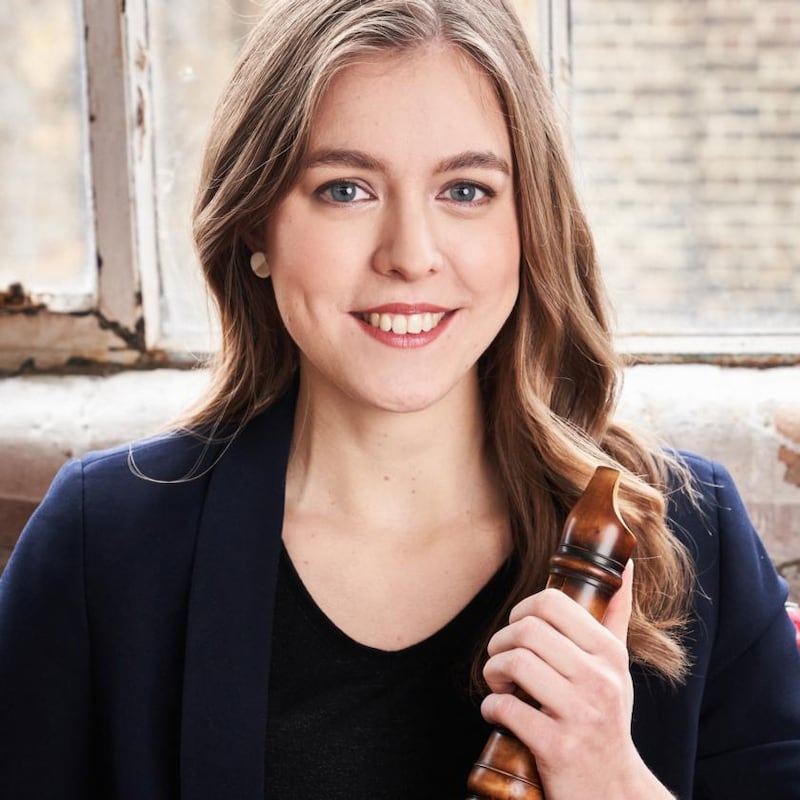
TABEA DEBUS
Recorder
Concerto No 2 for trumpet, recorder, oboe, violin, strings and continuo
I've actually played all of them except No 1. Because, although I'm a recorder player, I did also study baroque cello and had a short stint on the viola da gamba. My current favourite is No 2. What I really like is that the recorder just totally blends in with the whole texture. Often, when you have a Bach cantata with a recorder part, or in recorder concertos, it's written so that the recorder is always audible, always exposed. Often you've got concertos – Bach does it too – which put you on a really high instrument, like a sopranino recorder. Everything you play is heard.
In Brandenburg No 2, because of the nature of the instrumentation, with the oboe, the trumpet and the violin, plus the orchestra, you’re really busy playing away on your semiquaver passages, but it’s a colour. It adds to the texture, but it’s not a solo. Of course, all the instruments are exposed in some places.
I don’t get to play with trumpets, usually. The recorder is usually pastoral scenes, shepherds, shepherdesses, sometimes heavenly angels. The trumpet is more courtly, majestic, fanfares. They don’t usually go together. Bach combined these different instruments to see what they could do.
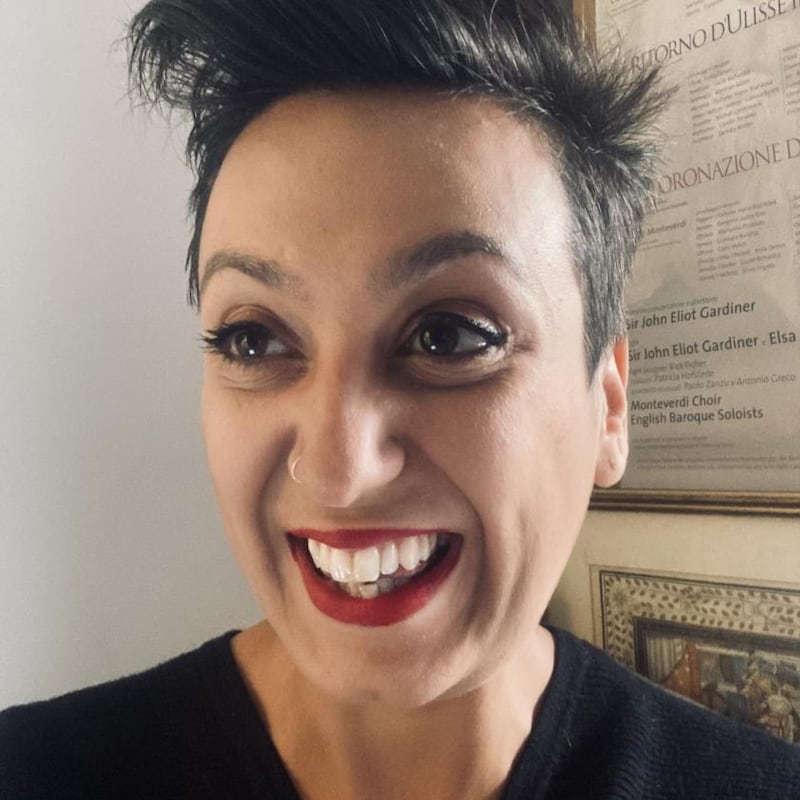
ALIYE CORNISH MOORE
Viola and IBO manager
No 3 (to play); No 1 (to listen to)
I have a favourite one to listen to and a favourite one to play. I can't listen to No 1 without smiling. It's the opening, particularly the horns. The way they come in reminds me of a few people in fancy dress who have stumbled into a black tie event. They're in the wrong room. After a while they blend in, but there's still an otherness to them. I like them being noisy interlopers. And of course they get their own movement, the Trio, where they're very much in full fancy dress. It's so beautifully crafted, and I love what he does with the piccolo violin. It's a really interesting colour.
Brandenburg No 3, I’ve always loved the motivic nature of it. I remember listening to it on cassette for the first time when I was about 11 or 12, and being totally gripped by the energy of it, the way it all just bounds along. When I went to the Royal College of Music, in my first year we had a session where we were all given baroque bows; we were under the guidance of Adrian Butterfield and Cathy Rimer. And it was the energy of their approach, I think, that made me wonder if baroque was something I might explore. It was such a persuasive session and such a persuasive piece. If you don’t know your colleagues when you start playing it, you certainly do by the time you finish. There are so many opportunities for eye contact, and you’re with different people at different times. They way it all slots together makes an ensemble of you, if you aren’t to start with.
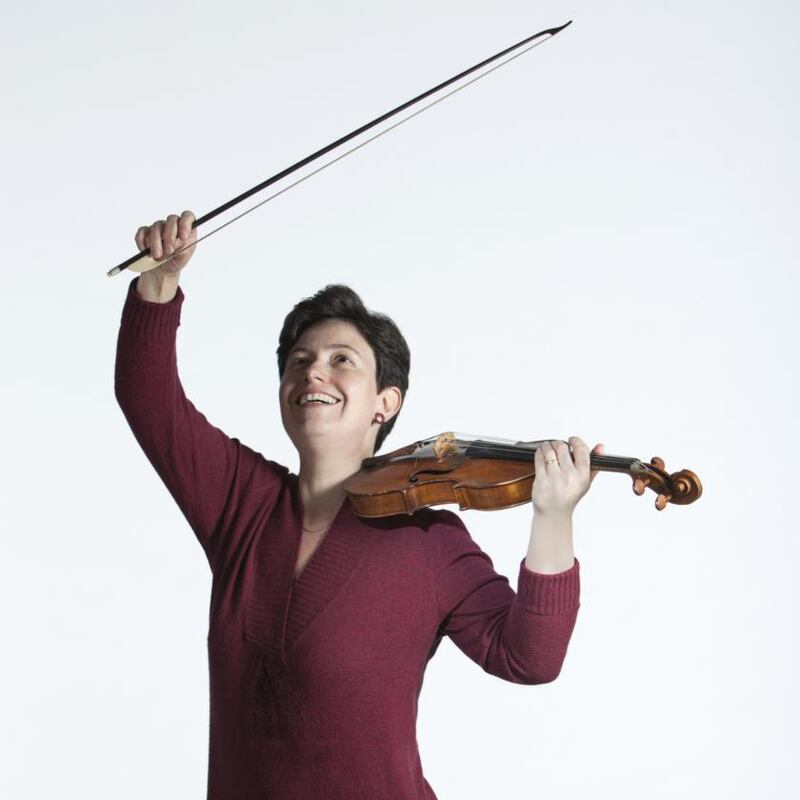
KATI DEBRETZENI
Violin
Concertos Nos 1, 2 & 3; No 4 for violin, two recorders, strings and continuo; No 5 for flute, violin, harpsichord, strings and continuo; No 6 for two violas da braccio, two violas da gamba, cello and continuo
I'm really struggling with this, because I don't have a favourite. Each of them takes the concerto form and plays around with it. Each has a different take on what a concerto is. You don't find anything like that with any other baroque composer, playing around with the form like that. In No 1 I get to play the piccolo violin, for which there is not very much repertoire. And what you play is not what you see. It's written in the key of D, but it sounds in the key of F. It plays with the mind. And you play this little itsy-bitsy violin against two horns who act as saboteurs.
No 2 is special because of the combination of the four solo instruments. Nobody else combined a recorder and a trumpet, and there’s never a balance problem. In No 3 the number three is the important thing — Bach and numerology, Bach and the Trinity, everything happens in threes. One of the most uplifting pieces ever written.
The Fourth is a dream for violinists, very virtuosic, and he pairs that violin with two recorders. The Fifth is special because the harpsichord takes centre stage, and you can just see Bach, sitting at the harpsichord, working up that cadenza. You don’t often see him that directly in his pieces, sitting there, enjoying himself, and going completely bonkers. Because that cadenza kind of deconstructs.
Then the Sixth is for two violas, two gambas and cello, where the viola is a soloist, and the viola in the baroque era . . . you know what Quantz says about the viola: that the viola player will do well to practise his instrument assiduously, because after all he does not want to stay a viola player forever. And Bach gives it virtuosic treatment.








